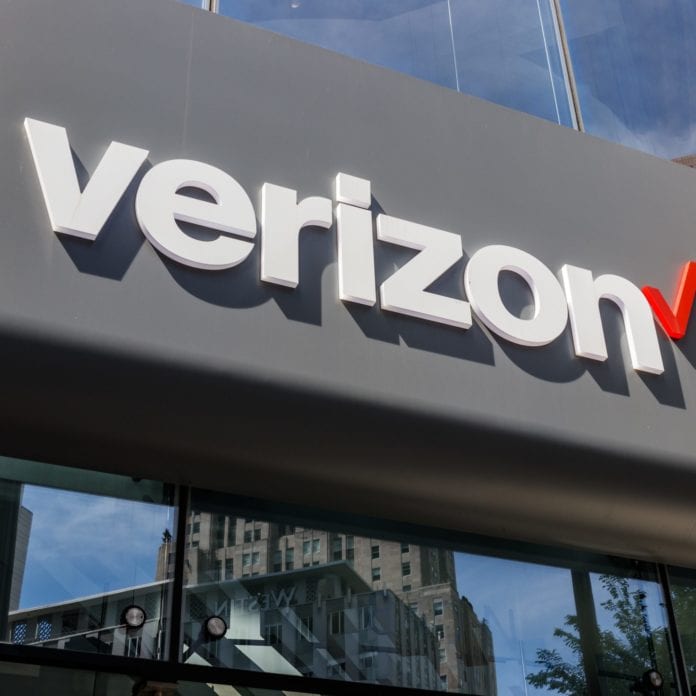Verizon’s C-Band turn-up has resulted in a 5G network that is “nothing like its predecessor,” Signals Research Group concludes in a new report.
SRG tested Verizon’s 5G “Ultra Wideband” network, which now encompasses both the carrier’s C-Band and millimeter-wave spectrum. That network is markedly different — and much higher performing — compared to the incarnation of the carrier’s 5G network that relies on Dynamic Spectrum Sharing between LTE and 5G, the testing and analysis firm added.
SRG tested Verizon’s 5G in the Minneapolis-St. Paul area, where Ericsson is the carrier’s supplier. Verizon activated 60 megahertz of its new C-Band holdings on January 19, and SRG conducted its testing the following week with an off-the-shelf Samsung Galaxy S21 FE smartphone. SRG says that it drove at least 500 kilometers and transferred nearly 1.5 TB of data during the course of its testing.
Among SRG’s conclusions:
-Coverage and speeds improved radically with the addition of C-Band. SRG had tested Verizon 5G in October 2020, under DSS-based 5G, and only hit a few blips of 5G coverage along its drive-test route. This time, coverage was nearly seamless along the same drive-test route. The average throughput was 15-20x higher compared to Verizon’s 5G network of late 2020.
-Throughout at the cell edge or immediately prior to a handover was “quite good,” SRG said, adding that speeds averaged in the low-to-mid triple digits (Mbps).
-SRG’s data suggested a one-to-one overlay build of C-Band onto the existing LTE site grid.
Interestingly, SRG found during its drive-testing that vehicle speed appeared to have a negative impact on performance: Higher speeds resulted in lower 3.7 GHz throughput, given comparable signal strength. The testing firm attributed this to how beamforming was implemented, but noted that it suggests that given the performance differences, its analysis may actually understate C-Band performance in use cases where users are walking or stationary, such as Fixed Wireless Access.
And it appears that Verizon may have that very thing in mind, because the available capacity that it built out in some of the rural areas that SRG tested “greatly exceeds” that needed for enhanced mobile broadband, SRG said. “It is very clear to us the network can be leveraged to simultaneously provide a FWA service to residences that have little or
no options available to them,” the report concluded.

